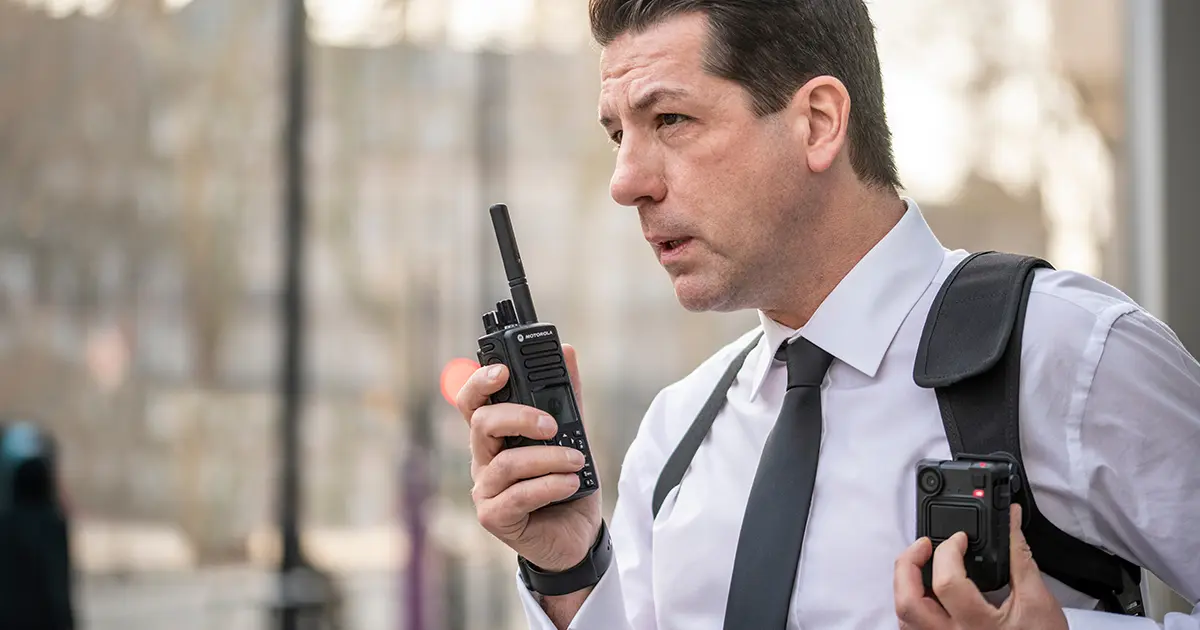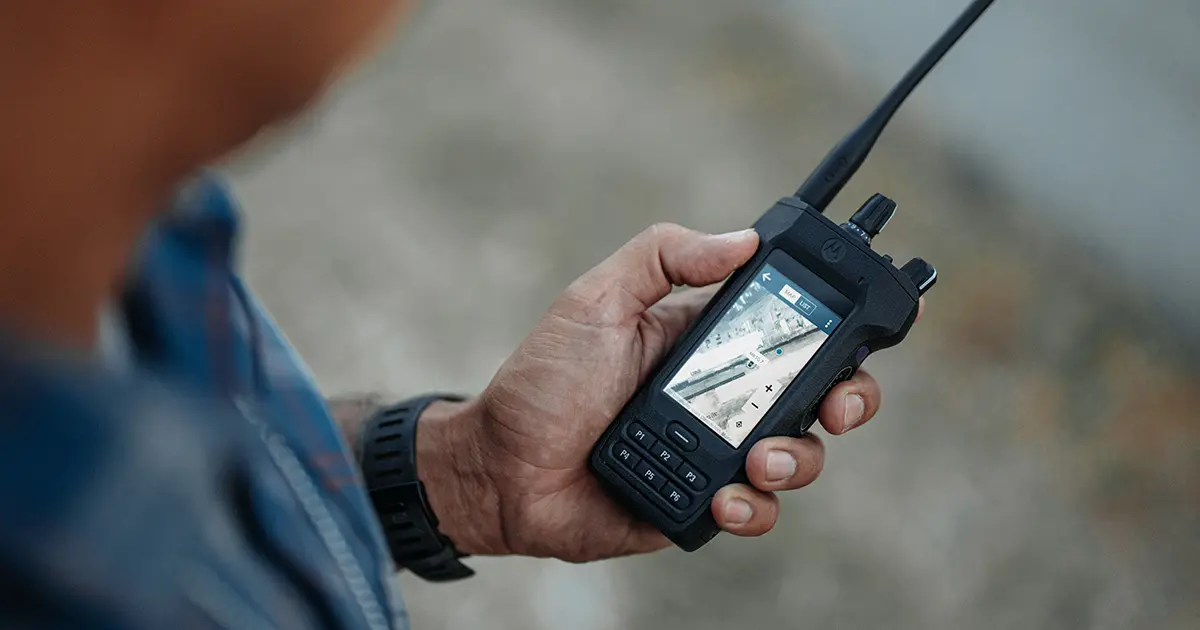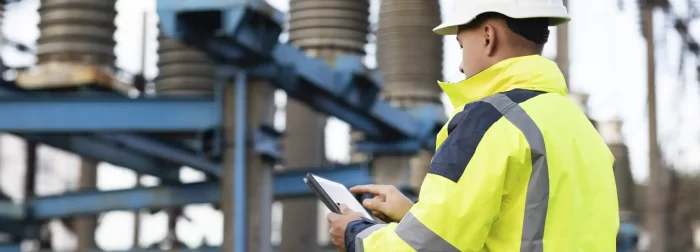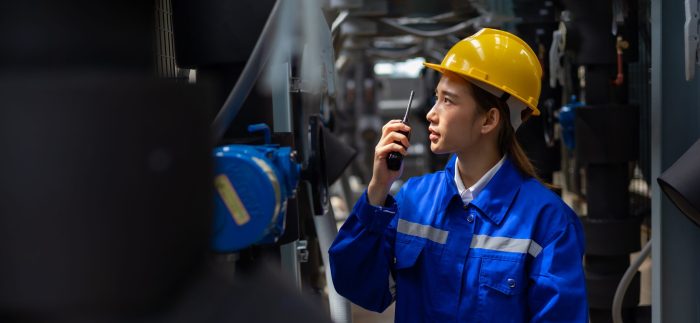Insights
Two-Way Radio for Universities: Integrated Communications That Strengthen Campus Security
20 October 2025Australian universities function like small cities. They combine open spaces with complex buildings, host large public events and carry a clear duty of care to students, staff and visitors. In this environment, the first five minutes of any incident are decisive.
An integrated two‑way radio solution gives security, facilities, first aid and student support teams instant, resilient and role‑based communication that mobile phones and other applications struggle to deliver when networks are congested or when coordination spans multiple roles.
CSE Crosscom designs, deploys and supports two‑way radio systems across DMR, P25 and TETRA, partnering with Motorola Solutions to deliver robust performance on campus and at the campus edge.

From calls to coordinated action
The power of a university radio fleet lies in how it unifies people, procedures and information. Integrated dispatch and applications bring location awareness, job ticketing, emergency triggers and event logging into a single view. Control room operators can allocate the nearest appropriate responder, move teams onto predefined incident channels and capture an accurate audit trail for later review and training. When the radio environment is connected with your control room and security platforms—such as TRBOnet within the Motorola Solutions ecosystem—operators gain the context needed to make clearer, faster decisions under pressure.
Incident management without the confusion
Complex events such as bomb threats require disciplined communications, reliable coverage and a clear command structure. Architectures based on MOTOTRBO™ Capacity Max support centralised management, priority handling of critical traffic and smooth roaming across sites. This helps operators keep instructions clear while enabling lawful, controlled communication with external agencies where procedures allow.
For multi‑site universities or those in isolated communication areas, Orion Network‑powered solutions extend reach and resilience so operations continue even when public networks are under strain.
Closing the gap on emergency response delays
In critical incidents, evacuations or medical events, delays compound risk. Integrated two‑way radio systems reduce that risk by enabling nearest‑responder dispatch, predefined incident channels for clarity and real‑time mustering updates back to the control room. Because fleet and infrastructure updates can be pushed over‑the‑air, the system remains coherent across thousands of devices without downtime and stays responsive when mobile networks are congested during major events.

Responding to mental health and wellbeing incidents with care
Many campus incidents require a calm, compassionate response—supporting an individual in distress, coordinating with student services or ensuring privacy and dignity at every step. Radios enable discreet staff‑initiated requests for assistance, quick escalation to the right internal roles and quiet movement of resources without drawing attention in public spaces. When radio, dispatch and control room tools are integrated, operators can log actions, share essential information and involve the right team members while respecting confidentiality and avoiding unnecessary on‑scene escalation.
Reducing theft and vandalism through better coordination
After hours, universities face increased risk of opportunistic theft and vandalism. An integrated radio and security environment allows control rooms to verify alarms with video, guide patrols to priority locations and coordinate building access for rapid response. This unified approach shortens time to arrival, improves evidence capture and acts as a visible deterrent over time.
Preparing for campus violence and critical threats
Low‑probability, high‑impact threats—such as knife crime or terrorism—require readiness across communications and procedures. Digital emergency features and priority pre‑emption ensure critical instructions get through, while integration with campus alerting and mass notification supports timely lockdowns or evacuations with clear directions to staff and students. Interworking with broader safety technologies helps universities exercise plans with local police and emergency services so the real event feels practised, not improvised.

Managing graduations, O‑Week and open days without missing a beat
Large events create temporary coverage and capacity pressures. With one of Australia’s largest radio hire fleets, CSE Crosscom can scale your communications during peak periods, activate additional channels and tailored accessories, then return the fleet to business as usual once the event has passed. This keeps ceremonies, orientations and sports fixtures safe and orderly without over‑capitalising on permanent hardware.
CSE Crosscom designs and supports integrated two‑way radio solutions tailored to the realities of Australian university operations. Contact us today to discuss how we can support your security and student services teams.

